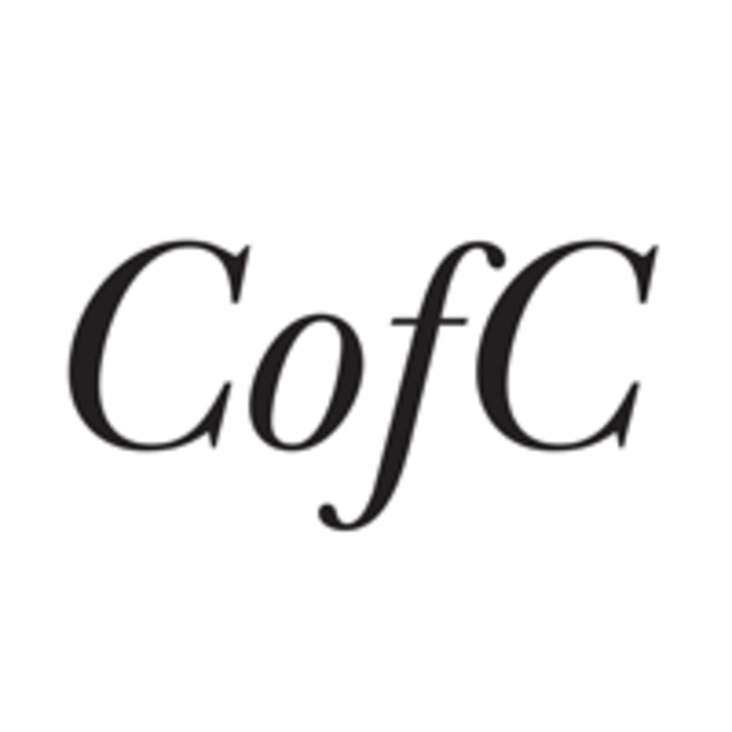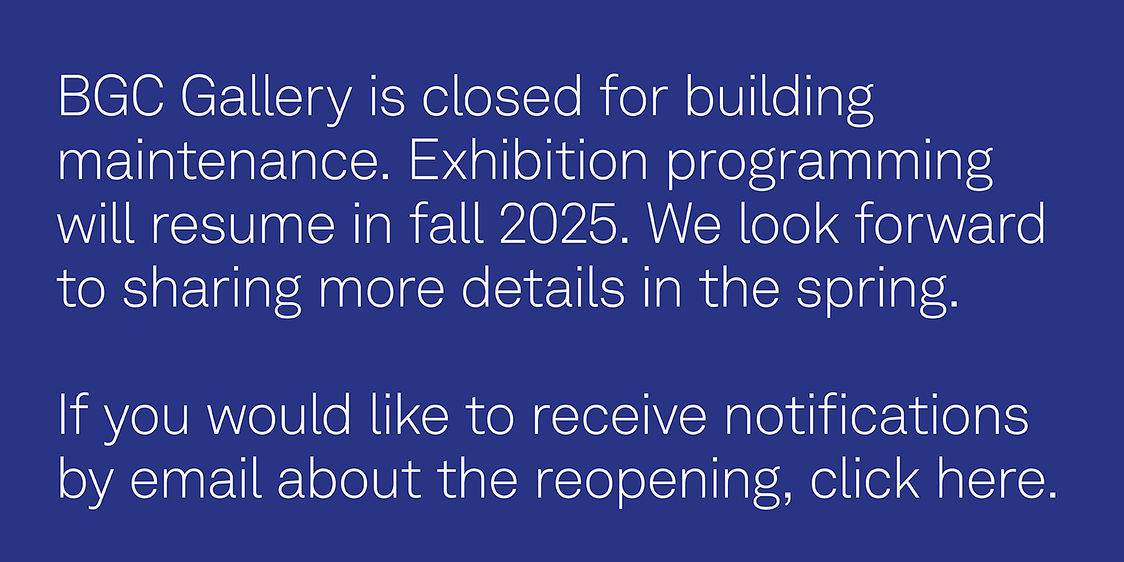Bard Graduate Center publishes award-winning exhibition catalogues, books, and journals focusing on scholarship in the decorative arts, design history, and material culture.











38 West 86th St.
New York, NY 10024
212.501.3000
admissions@bgc.bard.edu
18 West 86th St.
New York, NY 10024
212.501.3023
gallery@bgc.bard.edu
BGC Gallery is currently closed.
38 West 86th St.
New York, NY 10024
212.501.3000
admissions@bgc.bard.edu
18 West 86th St.
New York, NY 10024
212.501.3023
gallery@bgc.bard.edu
BGC Gallery is currently closed.
In science and technology, the images used to depict ideas, data, and reactions can be as striking and explosive as the concepts and processes they embody—both works of art and generative forces in their own right. Drawing on a close dialogue between the histories of art, science, and technology, The Technical Image explores these images not as mere illustrations or examples, but as productive agents and distinctive, multilayered elements of the process of generating knowledge. Using beautifully reproduced visuals, this book not only reveals how scientific images play a constructive role in shaping the findings and insights they illustrate, but also—however mechanical or detached from individual researchers’ choices their appearances may be—how they come to embody the styles of a period, a mindset, a research collective, or a device.
Introduction: The Image—A Cultural Technology: A Research Program for a Critical Analysis of Images
Horst Bredekamp, Vera Dünkel, and Birgit Schneider
I. Methods
Discourses about Pictures: Considerations on the Particular
Challenges Natural-Scientific Pictures Pose for the Theory of the Picture
Gabriele Werner
Glossary: Comparing Images
A History of Styles of Technical Imagery: Between Description and Interpretation
A Conversation with Horst Bredekamp
Glossary: Iconological Analysis
Beyond the Icons of Knowledge: Artistic Styles and the Art
History of Scientific Imagery
Matthias Bruhn
II. Case Studies
Interacting with Images—Toward a History of the Digital
Image: The Case of Graphical User Interfaces
Margarete Pratschke
Glossary: Digital Images
Pictorial Tradition and Difference—Visual Knowledge in
Acquisition Science: The Case of Scanning Tunneling Microscopy
Jochen Hennig
Glossary: Chains of Representations
Thinking with Models: On the Genesis of James Watson’s
Molecular Biology of the Gene
Reinhard Wendler
Glossary: Arranging Images as Tableaux
Technological Image Series: The Project “Technik im Bild” at
the Deutsches Museum, Munich
Heike Weber
Glossary: Observation Techniques
In the Eye of the Beholder: Emanuel Goldberg’s Apparatuses
at the International Photographic Exhibition Dresden 1909
Franziska Brons
Glossary: Objectivity and Evidence
X-Ray Vision and Shadow Image: On the Specificity of Early
Radiographs and Their Interpretations around 1900
Vera Dünkel
Glossary: Visuality, Visualizing, Imaging
Instrument-Aided Vision and the Imagination: The Migration
of Worms and Dragons in Early Microscopy
Stefan Ditzen
Glossary: Image Noise
Programmed Images: Systems of Notation in Seventeenth- and
Eighteenth-Century Weaving
Birgit Schneider
Glossary: Diagrammatics
Early Modern Images of Musical Automata: On Athanasius
Kircher’s Trompe-l’Oreille Contemplations in the Quirinal Gardens in Rome
Angela Mayer-Deutsch
Glossary Popularizing Science
Drawing and the Contemplation of Nature—Natural History
around 1600: The Case of Aldrovandi’s Images
Angela Fischel
Bibliography
The Authors
Index





38 West 86th St.
New York, NY 10024
212.501.3000
admissions@bgc.bard.edu
18 West 86th St.
New York, NY 10024
212.501.3023
gallery@bgc.bard.edu
BGC Gallery is currently closed.

